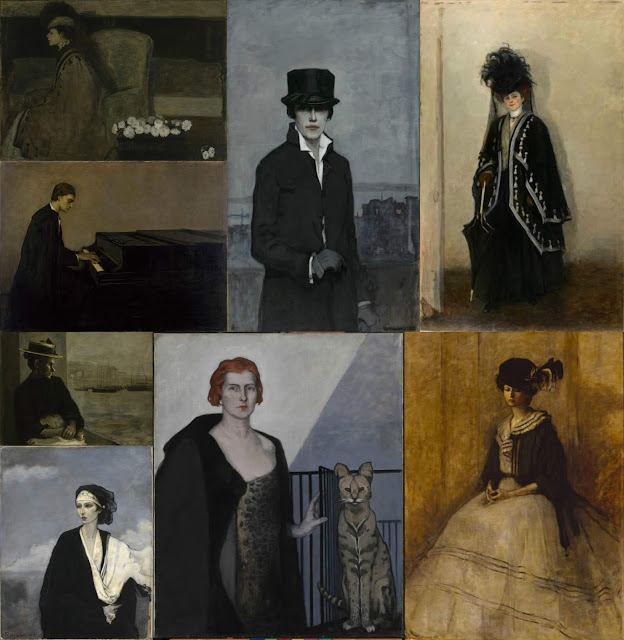To the Unnamed Artist: Lace
If you look at lace in museum collections like The Met or the V&A, you will see much of them credited to "Unknown," but thousands of pieces of beautiful and painstakingly intricate pieces of lace owe their existence to women, both professional and amateur, who wielded an extraordinary talent.
1. House of Worth Gown, 1902, The Met
2. Parasol, 1870-1880, V&A
3. Flounce, c. 1860, V&A
4. A Brackley Lacemaker, "Lacemaking", Northamptonshire Heritage
5. Fan Leaf, mid-1880s, SFO Museum
Links:2. Parasol, 1870-1880, V&A
3. Flounce, c. 1860, V&A
4. A Brackley Lacemaker, "Lacemaking", Northamptonshire Heritage
5. Fan Leaf, mid-1880s, SFO Museum
Photo Gallery of "A Brief History of Lace" from The Guardian



Comments